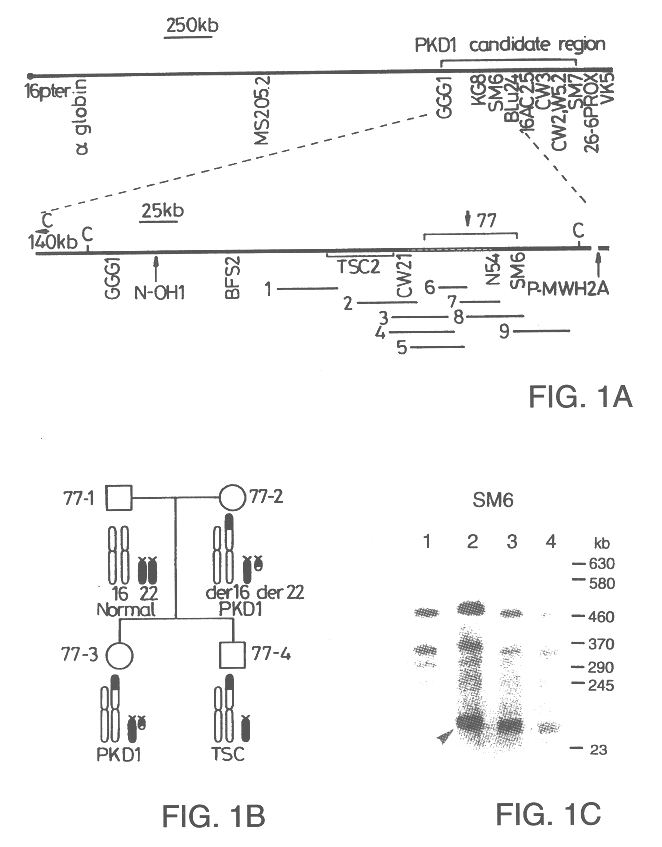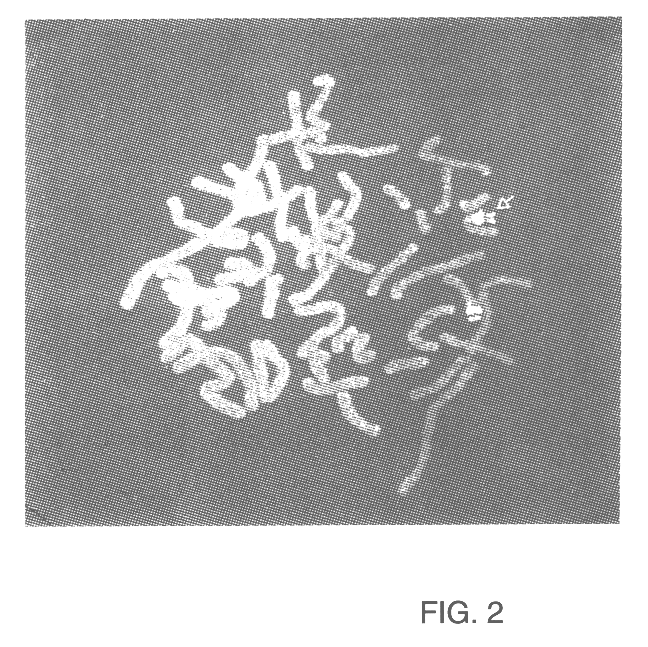Polycystic kidney disease 12 gene and uses thereof
a technology of polycystic kidney disease and gene, applied in the direction of immunoglobulins against animals/humans, drug compositions, fungi, etc., can solve the problems of morbidity and mortality, grossly enlarged kidneys, and unknown defects triggering these changes
- Summary
- Abstract
- Description
- Claims
- Application Information
AI Technical Summary
Benefits of technology
Problems solved by technology
Method used
Image
Examples
Embodiment Construction
Other embodiments will be evident to those of skill in the arm. It should be understood that the foregoing detailed description is provided for clarity only and is merely exemplary. The spirit and scope of the present invention are not limited thereto, being defined by the claims set forth below.
REFERENCES
Aksentijevich et al., Am. J. Hum. Genet. 53:451-461, (1993).
Altschul et al., J. Mol. Biol. 215:403-410, (1990).
Bevilacqua, M. P., et al., Science 243:1160-1165, (1989).
Bork et al., Protein Science 2:1185-1187, (1993).
Breuning et al., Lancet ii, 1359-1361, (1987).
Breuning et al., J. Med. Genet. 27:603-613, (1990).
Brook-Carter et al., Nature Genetics 8:328-332, (1994).
Brown et al., Nucl. Acids Res. 18:4191-4195, (1990).
Bruendorf, T., et al., Protein Profile 1:951-1058, (1994).
Buckle et al., Human Genetic Disease Analysis; IRL Press (K. E. Davies, Ed.) 2:59-82, Oxford, (1993).
Carone, F. A., et al., Laboratory Investigations 70:437-448, (1994).
Carone, F. A., et al., Kidney Internationa...
PUM
| Property | Measurement | Unit |
|---|---|---|
| temperature | aaaaa | aaaaa |
| temperature | aaaaa | aaaaa |
| volume | aaaaa | aaaaa |
Abstract
Description
Claims
Application Information
 Login to View More
Login to View More - R&D
- Intellectual Property
- Life Sciences
- Materials
- Tech Scout
- Unparalleled Data Quality
- Higher Quality Content
- 60% Fewer Hallucinations
Browse by: Latest US Patents, China's latest patents, Technical Efficacy Thesaurus, Application Domain, Technology Topic, Popular Technical Reports.
© 2025 PatSnap. All rights reserved.Legal|Privacy policy|Modern Slavery Act Transparency Statement|Sitemap|About US| Contact US: help@patsnap.com



